Imagine standing face-to-face with a Neanderthal, looking into eyes that reflect a world both alien and achingly familiar. Just a few decades ago, most people pictured these ancient humans as brutish and slow-witted, stumbling through prehistory. But recent scientific breakthroughs have shattered that stereotype, revealing a rich inner life and surprising intelligence. The secrets of the Neanderthal brain are finally coming to light, challenging everything we thought we knew about our closest evolutionary relatives—and about ourselves. What if the minds of these ancient cousins were not so different from our own?
The Mystery of Neanderthal Intelligence
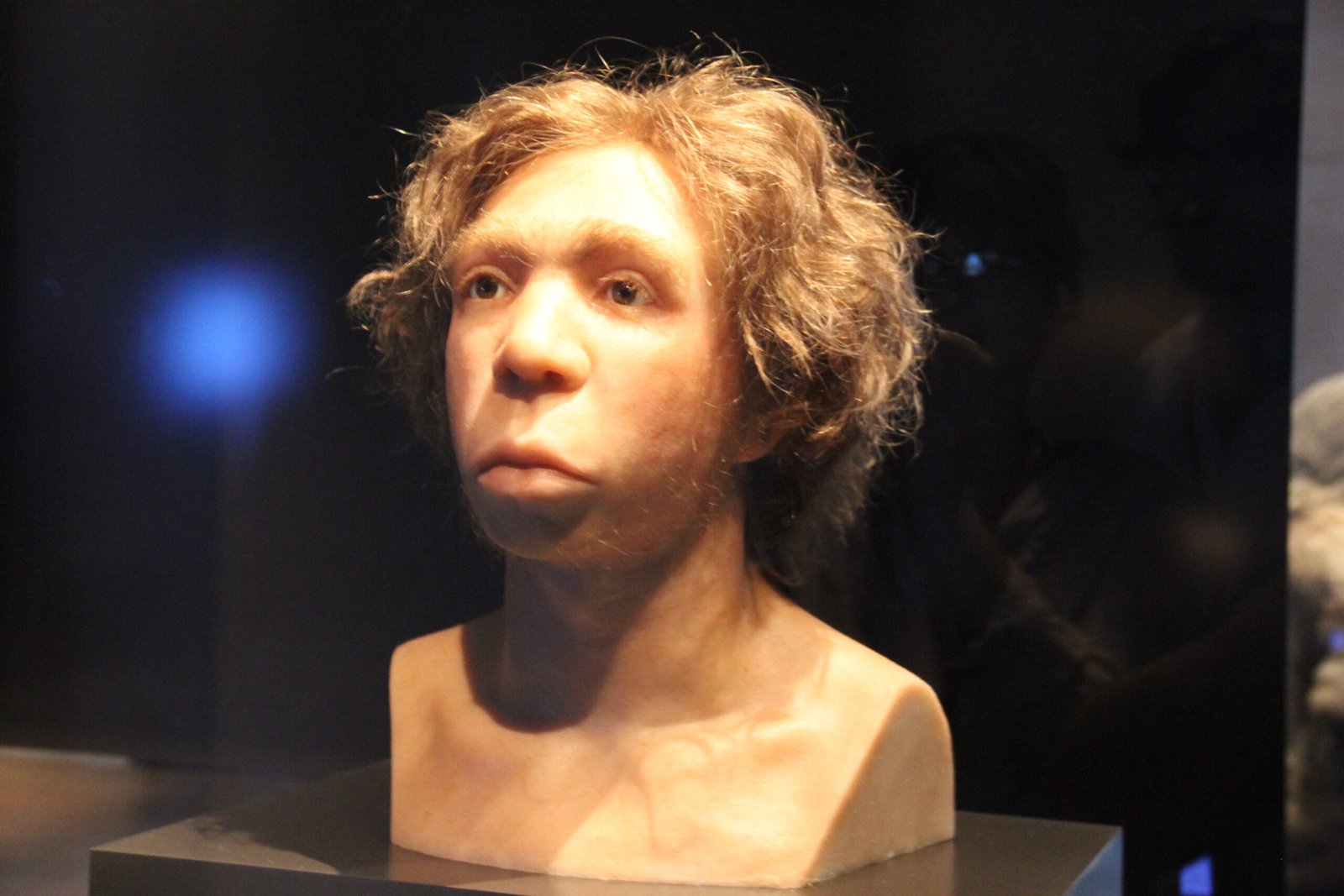
For generations, the Neanderthal brain was shrouded in mystery, dismissed as primitive compared to our own. Yet, archaeological discoveries are painting a radically different portrait. Neanderthals crafted complex tools, cared for their sick, and even adorned themselves with jewelry. Their brains were roughly as large as, and sometimes even larger than, those of modern humans. This begs the question: what was actually going on inside their heads? Scientists are now turning to advanced imaging and genetic analysis to peer into the past and unlock the true nature of Neanderthal intelligence.
Brain Size and Shape: More Than Just a Number

It’s tempting to think a bigger brain means greater intelligence, but the story is far more nuanced. Neanderthal skulls reveal brains that were shaped differently from ours, with a longer, lower cranium and prominent brow ridges. These differences suggest their brains may have been wired in unique ways, emphasizing visual and spatial processing. Some researchers believe this helped Neanderthals thrive in harsh Ice Age environments, where tracking game and navigating treacherous landscapes was a matter of survival. The distinctive shape of their brains hints at a world seen through different eyes, yet driven by the same need to adapt and endure.
How Neanderthal Brains Developed Over Time
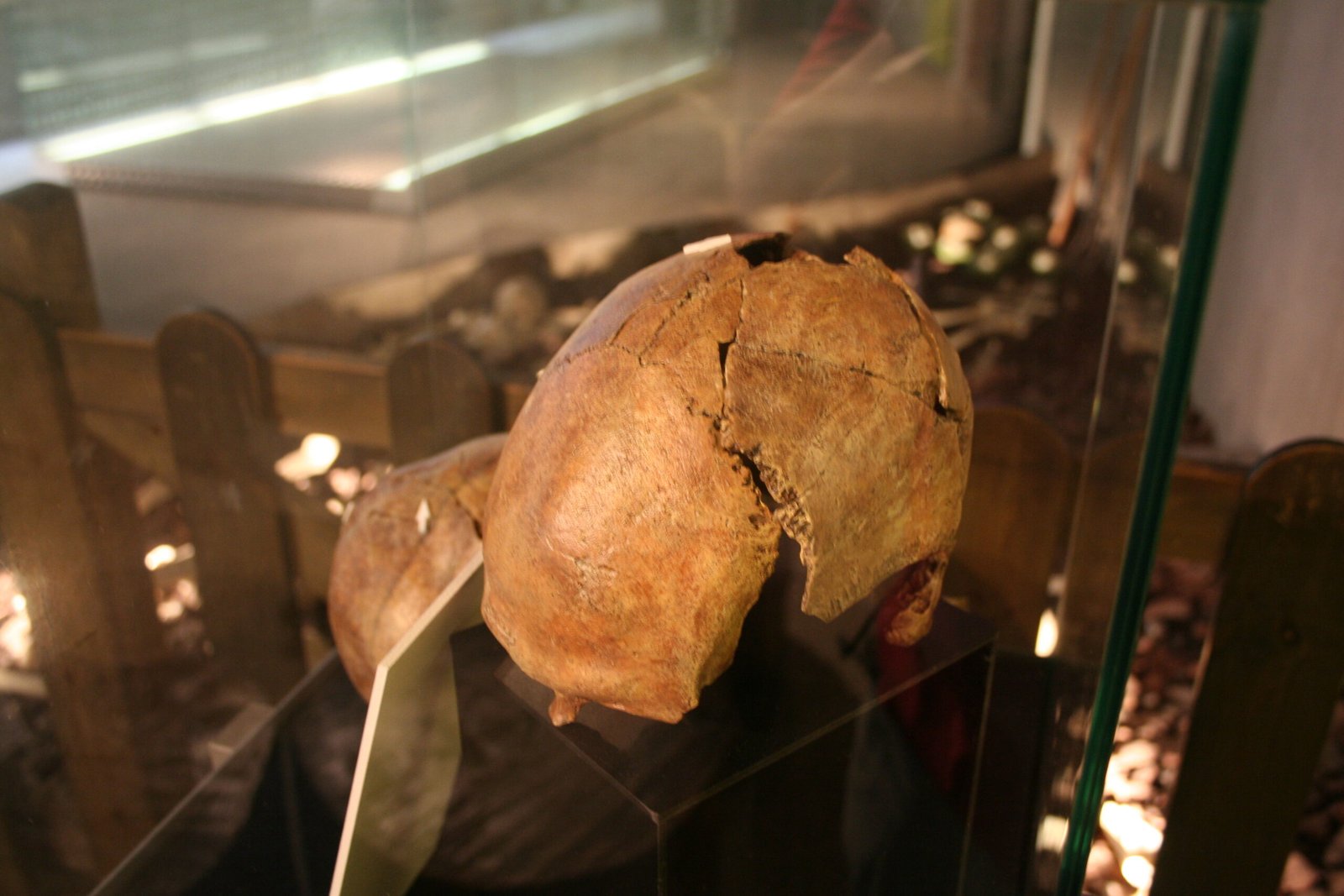
The journey of the Neanderthal brain began even before birth. Studies of fossilized skulls from infants and children show that Neanderthal brains matured at a slightly different pace than ours. Their brains started off similar in shape to modern human babies, but soon diverged in growth patterns. This suggests that Neanderthal children may have learned and experienced the world in ways not quite like our own. Such differences in development might have influenced social structures, learning methods, and even the way Neanderthals interacted with each other and their environment.
Language and Communication: Did Neanderthals Speak?

One of the most tantalizing mysteries is whether Neanderthals could speak as we do. For years, the prevailing wisdom was that they lacked the anatomical features for complex speech. But new evidence tells a different story. Fossils show that Neanderthals possessed a hyoid bone—crucial for vocalization—almost identical to ours. Genetic studies have also found that Neanderthals carried the FOXP2 gene, linked to language ability in modern humans. While we may never know exactly what Neanderthals sounded like, it’s increasingly likely they shared some form of spoken language, enabling them to pass on knowledge, coordinate hunts, and express emotions.
Social Life and Emotional Depth
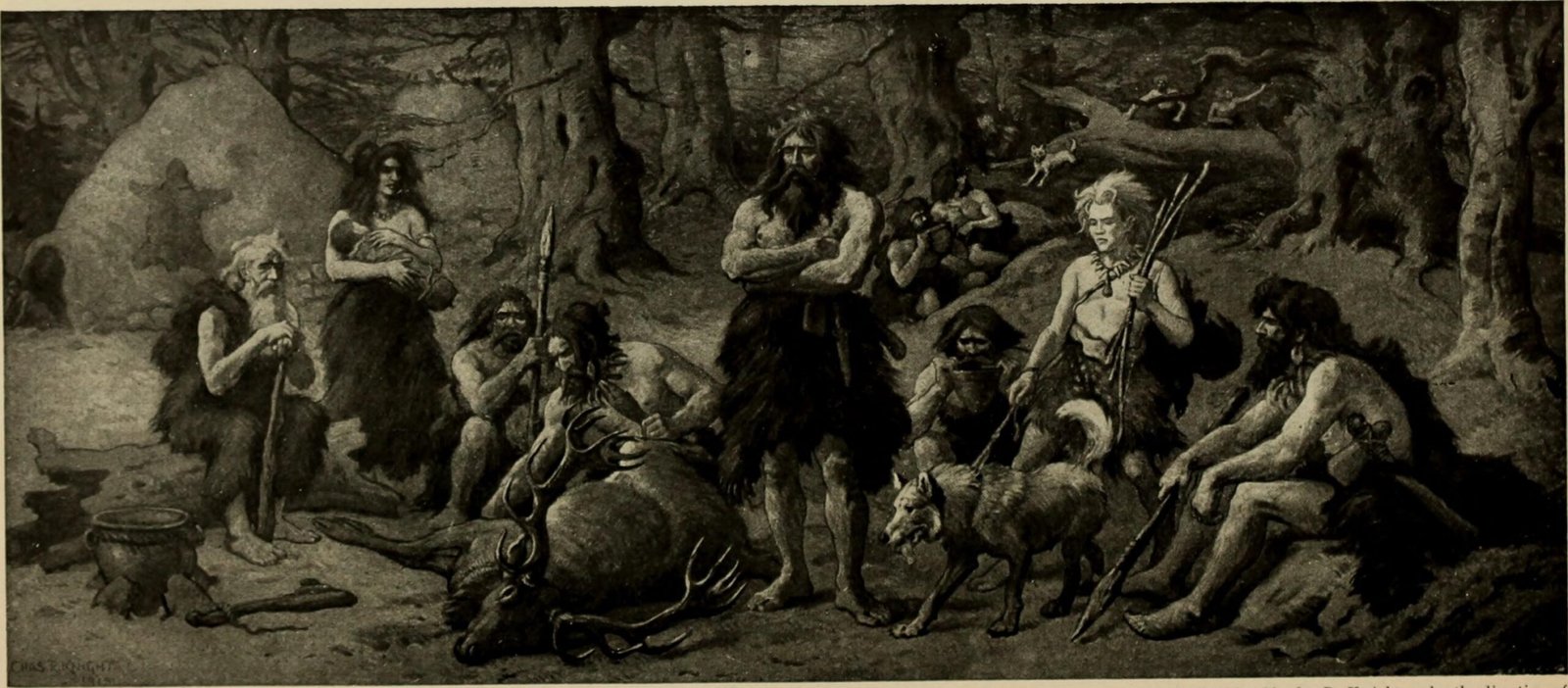
Far from being solitary brutes, Neanderthals lived in close-knit groups and formed deep bonds with one another. Burial sites reveal evidence of care for injured and elderly individuals, suggesting empathy and compassion. Decorative objects, pigments, and even cave art point to a capacity for symbolic thought and ritual. These discoveries hint at emotional lives rich with love, loss, and perhaps even spirituality. The Neanderthal brain was not just a tool for survival—it was an organ for connection, memory, and meaning.
The Role of Memory and Planning
Hunting woolly mammoths or gathering wild plants in Ice Age Europe required more than brute strength; it demanded careful planning and memory. The structure of the Neanderthal brain, particularly areas devoted to spatial awareness and memory, suggests they excelled at navigating vast landscapes and recalling important information. Archaeological sites scattered with sophisticated tools and evidence of seasonal hunting camps indicate a level of foresight and organization once thought unique to Homo sapiens.
Sensory Perception: Seeing the World the Neanderthal Way
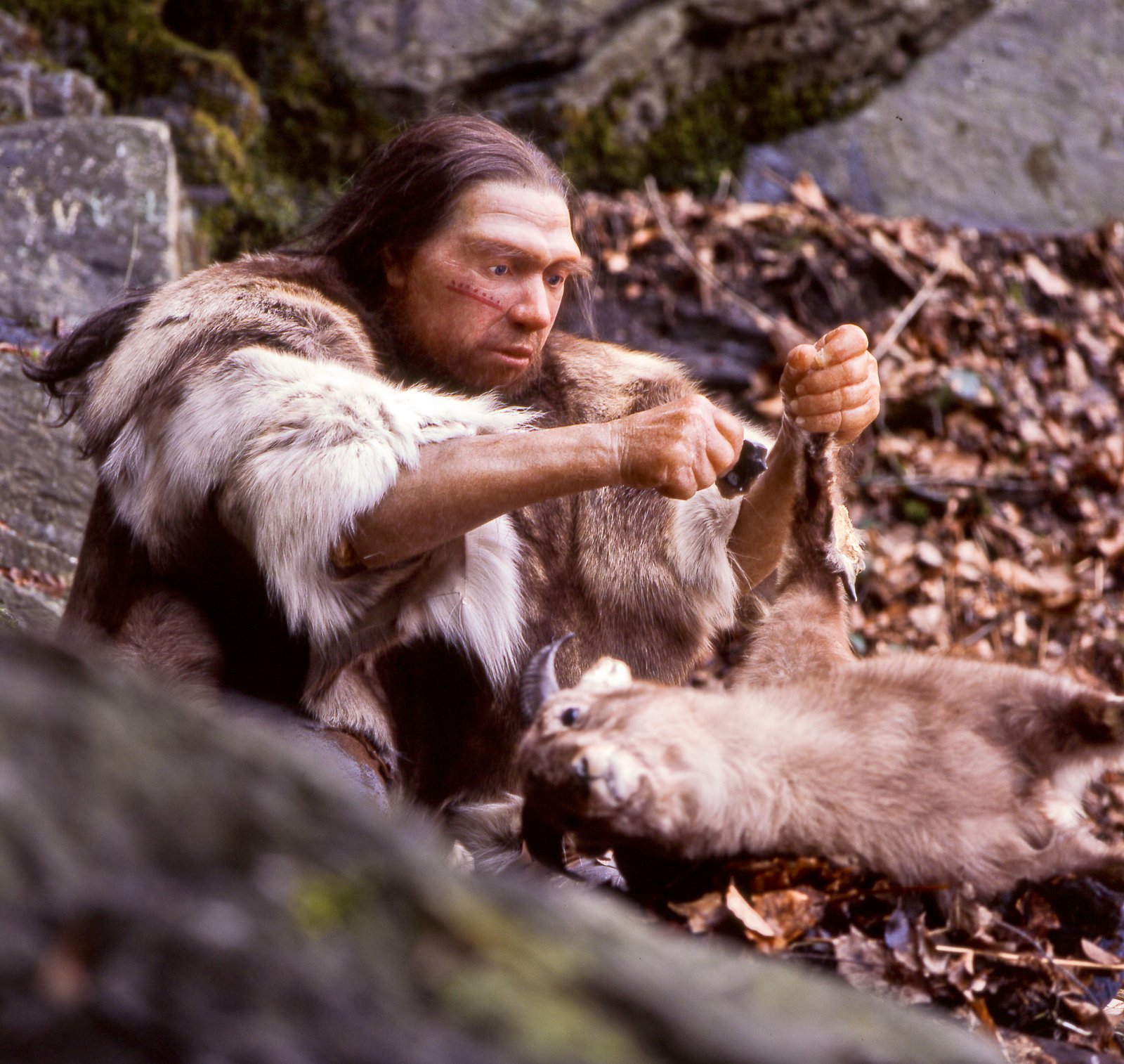
Neanderthals may have experienced the world with a heightened sense of sight and touch. Their large eye sockets and expanded visual cortex suggest superior night vision and depth perception, vital for stalking prey at dusk or dawn. Enhanced tactile abilities could have made them adept toolmakers, able to shape flint and bone with remarkable precision. By piecing together these clues, scientists are reconstructing the sensory world of Neanderthals—a world of vibrant sights, subtle textures, and acute awareness.
Genetic Insights: What Our DNA Reveals

The sequencing of the Neanderthal genome has been nothing short of revolutionary. Traces of Neanderthal DNA can be found in billions of people alive today, influencing everything from immune response to hair texture. These genetic threads connect us across the millennia, hinting at shared traits and potential similarities in brain function. Some genes inherited from Neanderthals are even linked to neurological development, suggesting that their legacy lives on not just in our bodies, but in the way we think and feel.
Comparing Neanderthal and Modern Human Brains
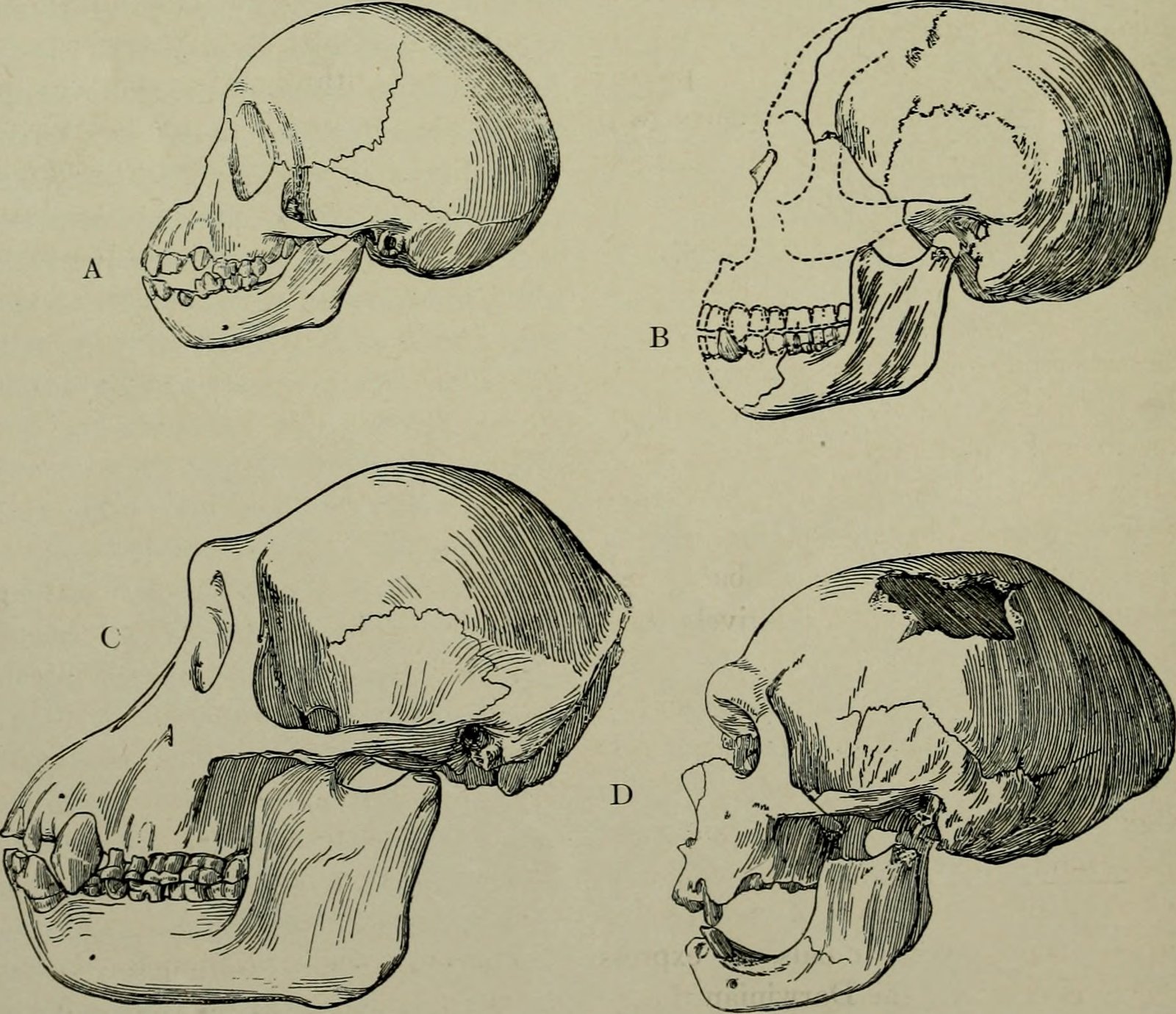
Despite our close relationship, subtle differences separate Neanderthal and modern human brains. Studies of endocasts—molds of the inside of fossil skulls—reveal that while both species had similarly sized brains, the distribution of brain regions was different. Modern humans have a larger parietal lobe, associated with abstract thinking and creativity. Neanderthals, on the other hand, had more development in areas linked to vision and body control. These contrasts may help explain the different paths our species took, from art and music to technological innovation.
The Enduring Legacy of the Neanderthal Mind
Whatever their differences, Neanderthals were far more than evolutionary footnotes. Their brains shaped their world—and ours—in ways we are only beginning to understand. Every new fossil, every genetic discovery, brings us closer to our ancient cousins and deepens the mystery of what it means to be human. The Neanderthal mind endures not just in our DNA, but in the questions we ask, the empathy we feel, and the stories we still tell about our shared journey through time.




